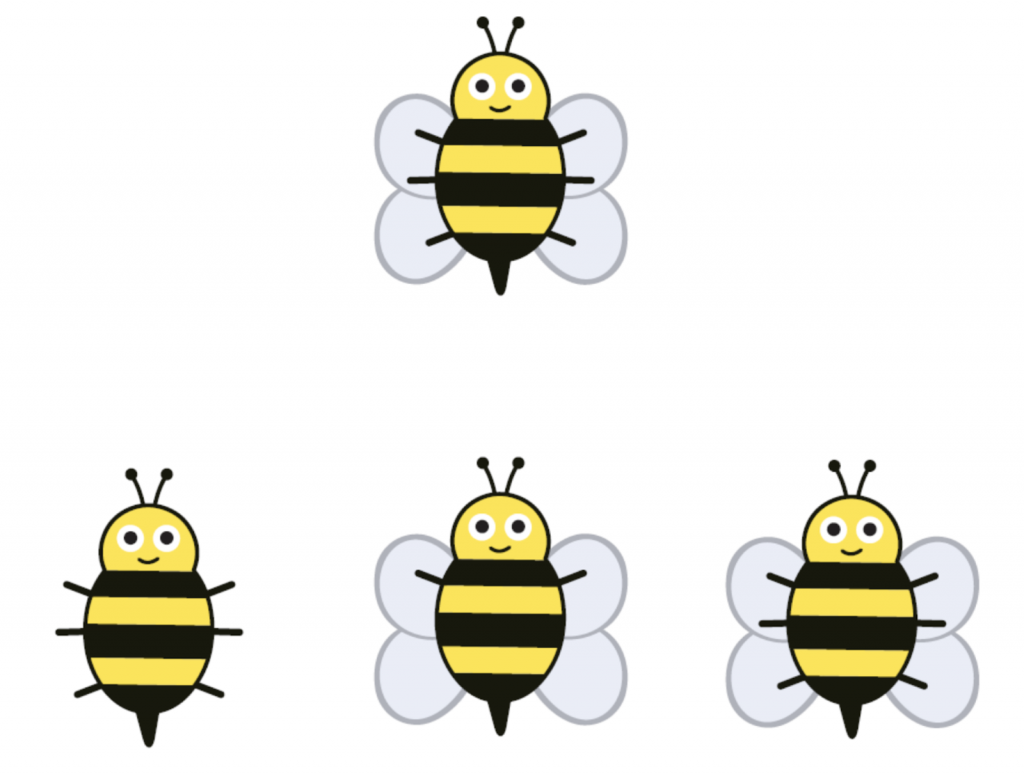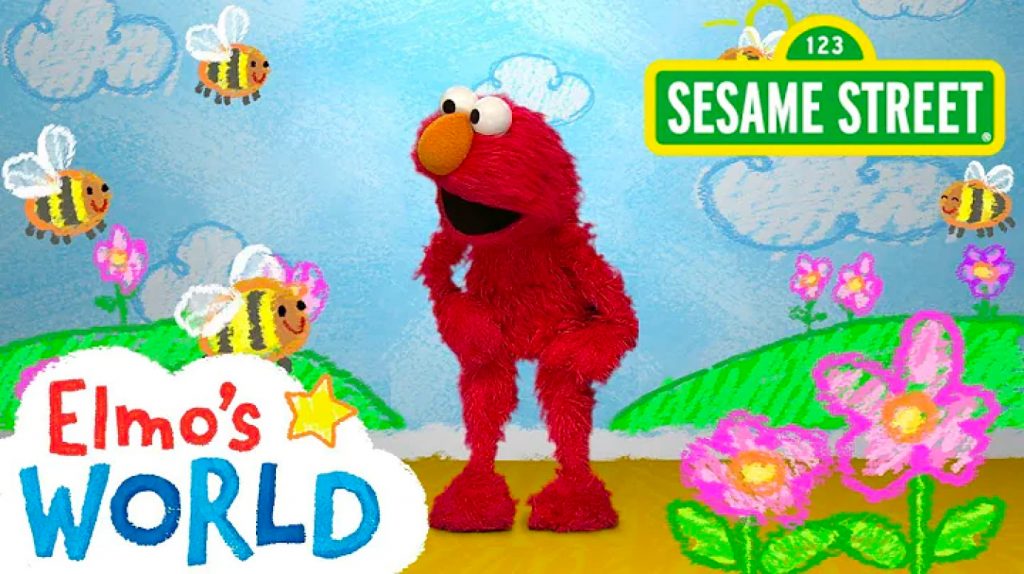Background:
Elmo’s World is a five-minute segment at the end of Sesame Street, aimed at helping a slightly younger preschool audience learn through meaningful content that keeps kids motivated and cognitively engaged. Specifically, Elmo’s World includes game-style moments in which Elmo asks for kids’ help in completing a task, and kids’ voices can be heard encouraging him or giving suggestions. The goal is to promote viewer participation to join in by pointing at or touching the screen and even shouting their own answers to Elmo. In the mid-2010s, the team set out to create new segments of Elmo’s World where children would be asked to play along with Elmo as he played a matching game. By focusing on matching, the segments could help children with visual memory and the identification of patterns, similarities, and differences.
Research question:
- What is the most effective way to ask children to match items that are alike?
- How complex can the matching task be in order for kids to still succeed?
- Specifically, how can we ask children to match a target “bee” to three other bees?
Process:
Before developing content for the segment, researchers tested a variety of ways to ask children as young as 3 years old to match items.
When you assume
Based on their knowledge of preschool kids’ stage of development, researchers assumed that kids might exclusively focus on one property of the bees at a time and ignore all others, which can lead to false conclusions (centration).
Separate content
Instead of creating a full segment to test kids’ matching abilities, researchers designed a test using existing drawings of bees. They asked kids to choose which of three bees matched the target bee, which had 6 legs, 4 wings, 2 antennae, 1 tail, and a smiley face. Then researchers asked the kids to tell them why the bee they picked was a match. Afterward, for each potential match, they asked the kids if the bee was the same or different from the target bee and why.

Findings:
- Some children were able to identify the matching bee, but they couldn’t explain why it was a match.
- Other children were unable to find the matching bee.
- These findings were consistent with researchers’ assumptions about preschool children’s stage of development. In addition to focusing on one property at a time, kids this age have also not yet developed the ability to match an item to a number set (one-to-one correspondence), or to assess the number of things at a glance without actually counting (subitizing).
Impact:
- The Sesame team created this segment of Elmo’s World.
- In the segment, Elmo tries matching bees that only differ by one property (e.g., the number of legs), rather than two (e.g., the number of legs and wings).
- The bee designs were kept simple so kids aren’t distracted by features and details extraneous to the matching task.
- When an incorrect bee is matched, Elmo points out what is different (e.g., “Bees have 1, 2, 3, 4 wings”) and kids iterate the difference (e.g., “That one doesn’t have wings!”). When the correct bee is matched, Elmo asks if the number of wings are the same (“What about this one? Is it exactly the same as this bee? How many wings does it have?) and kids respond by counting (“1, 2, 3, 4. It has 4 wings!); Elmo and the kids do the same for the number of legs, and then they conclude they found the match.
Kotler, J. A., Chin, C. B. W. & Truglio, R. T. (2019). The art of learning science at Sesame Workshop. In R. S. Feldman (Ed.), Learning science: Theory, research, and practice (pp. 301-326). Ohio: McGraw-Hill Education.
